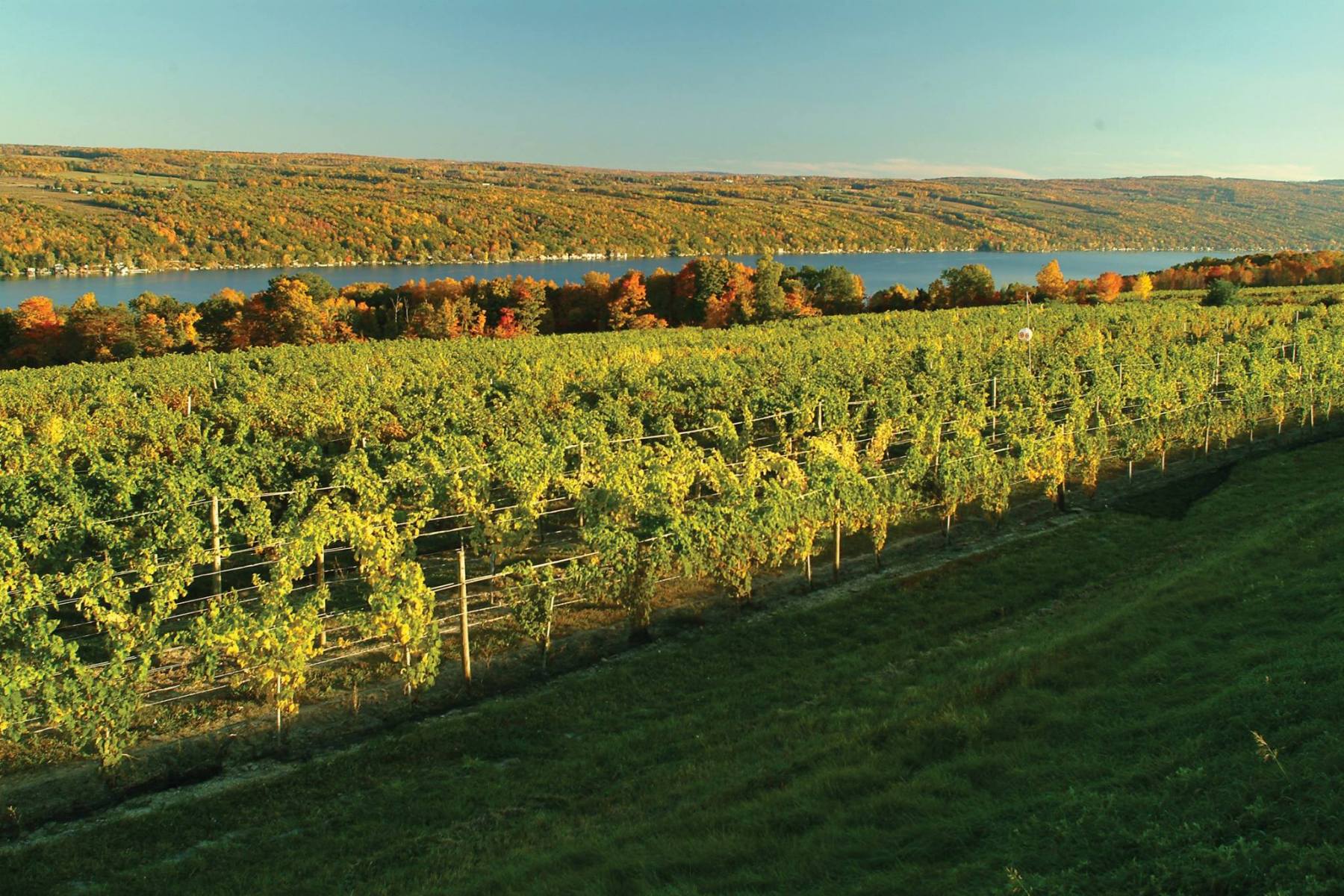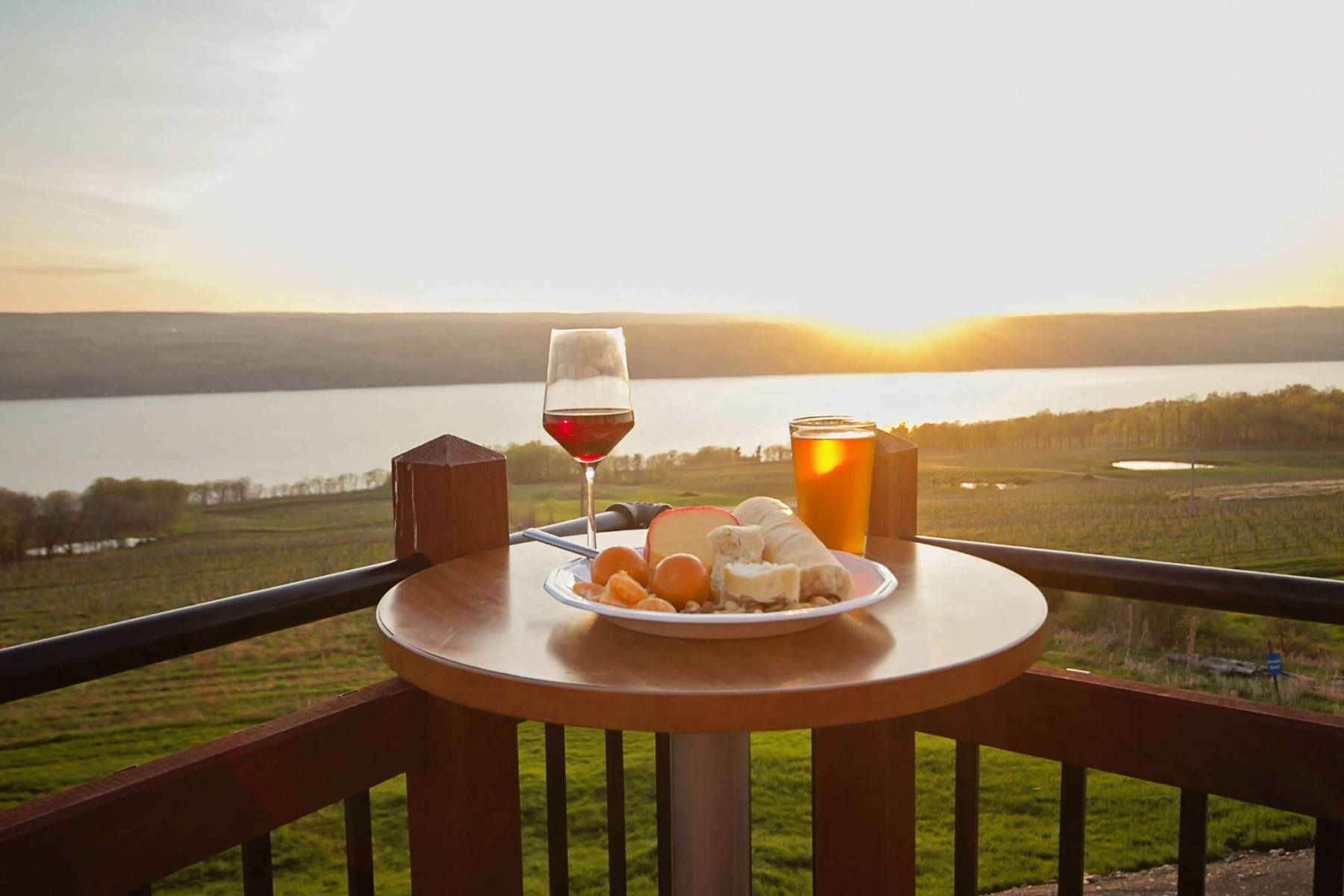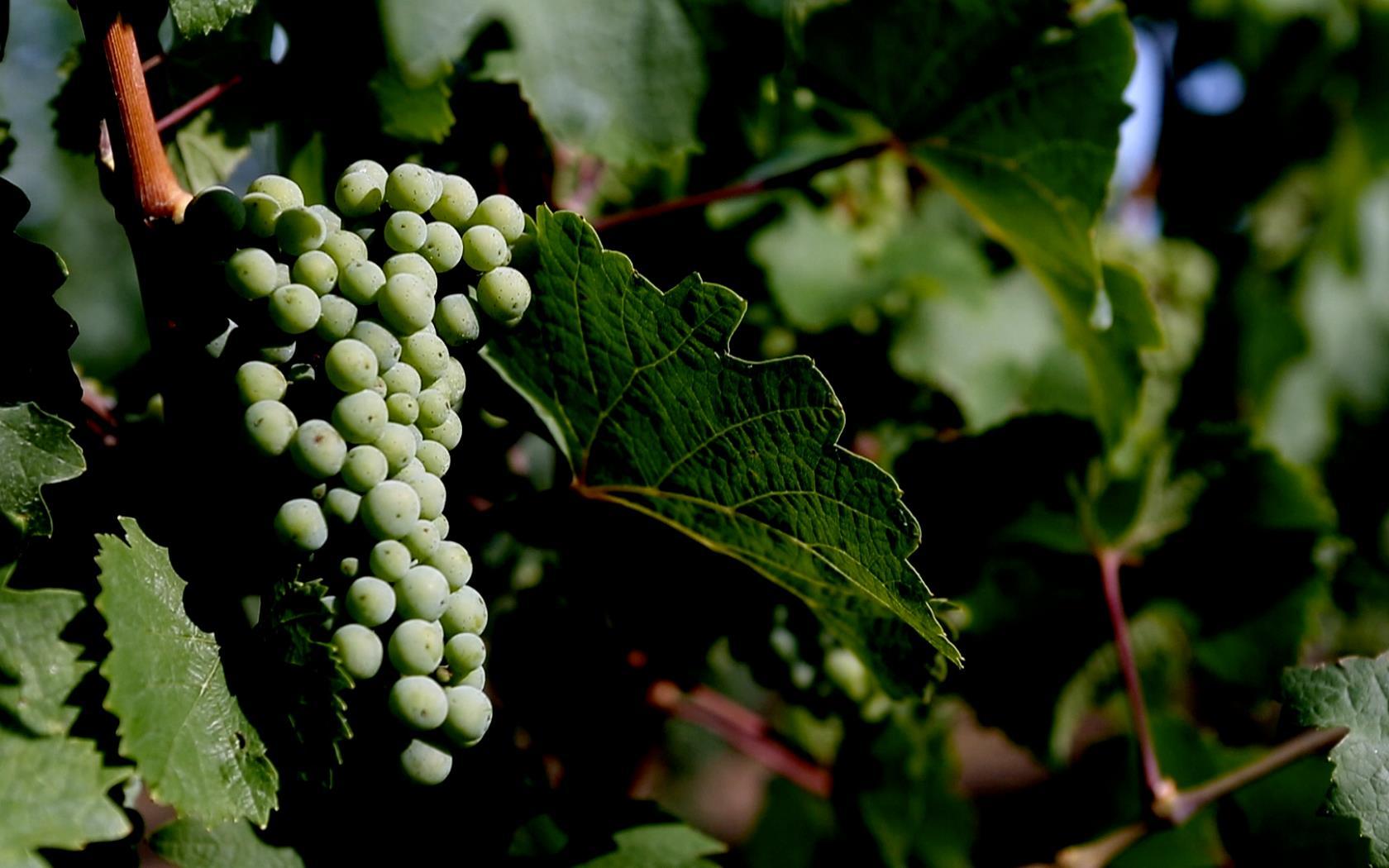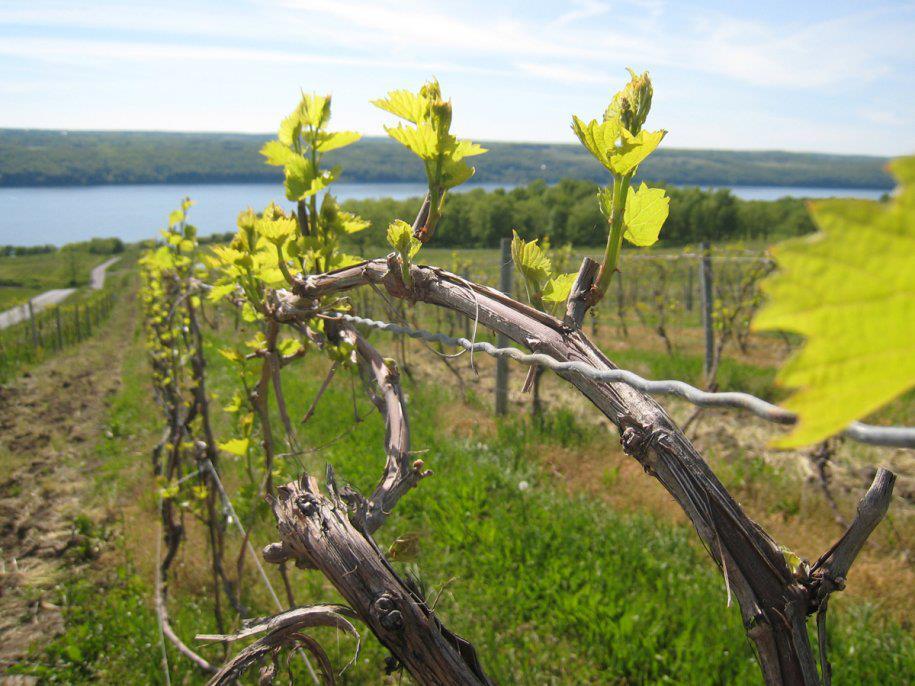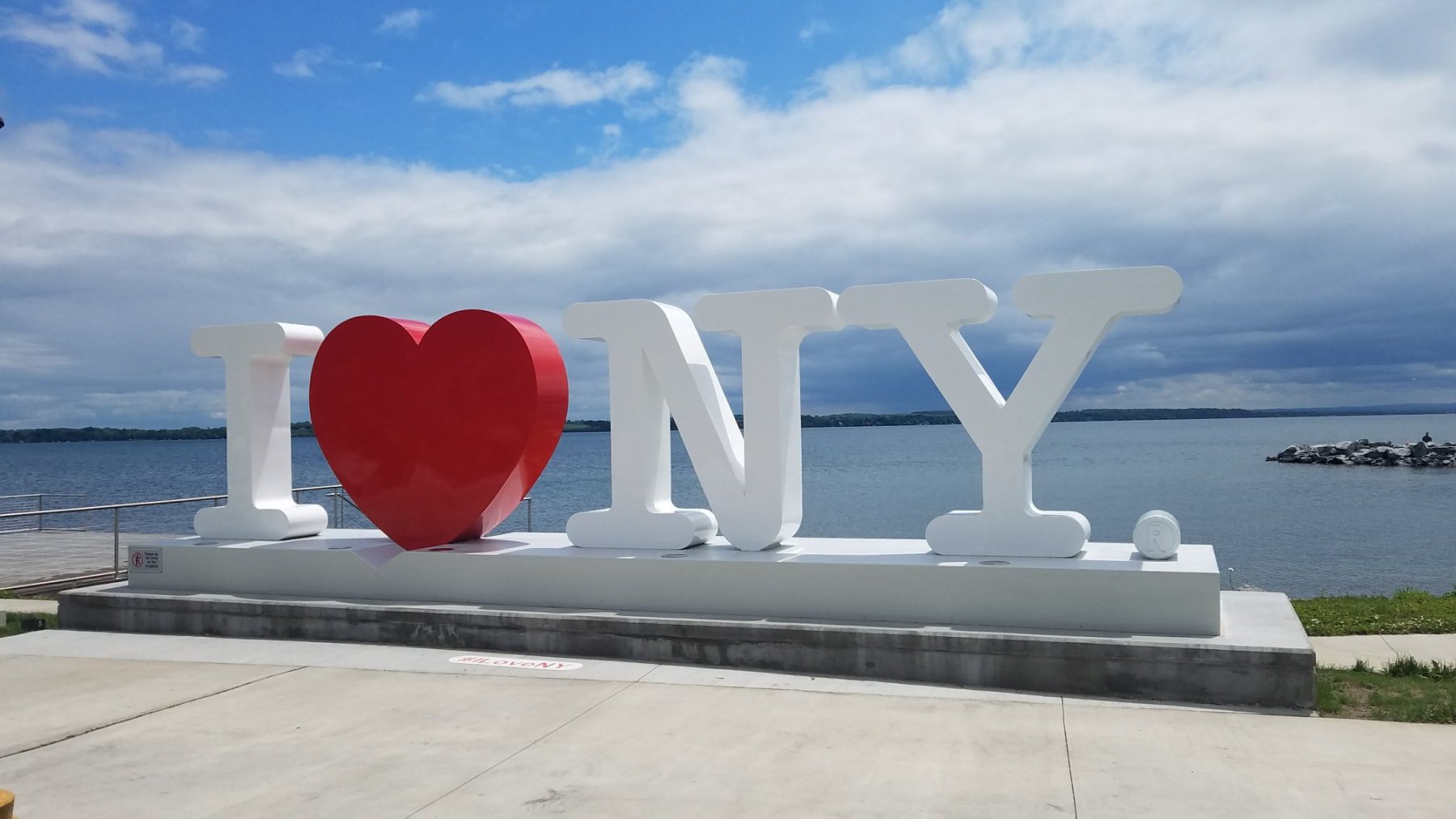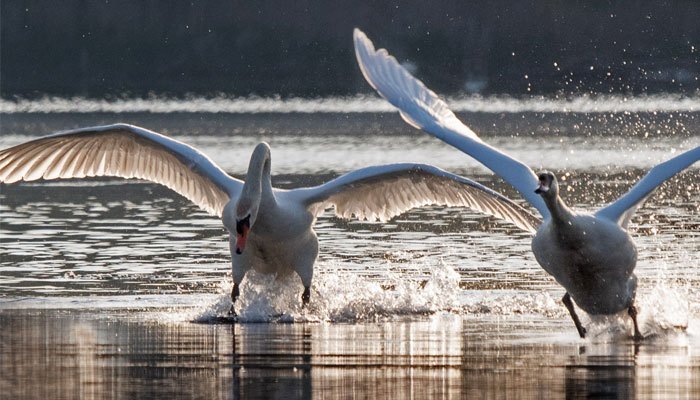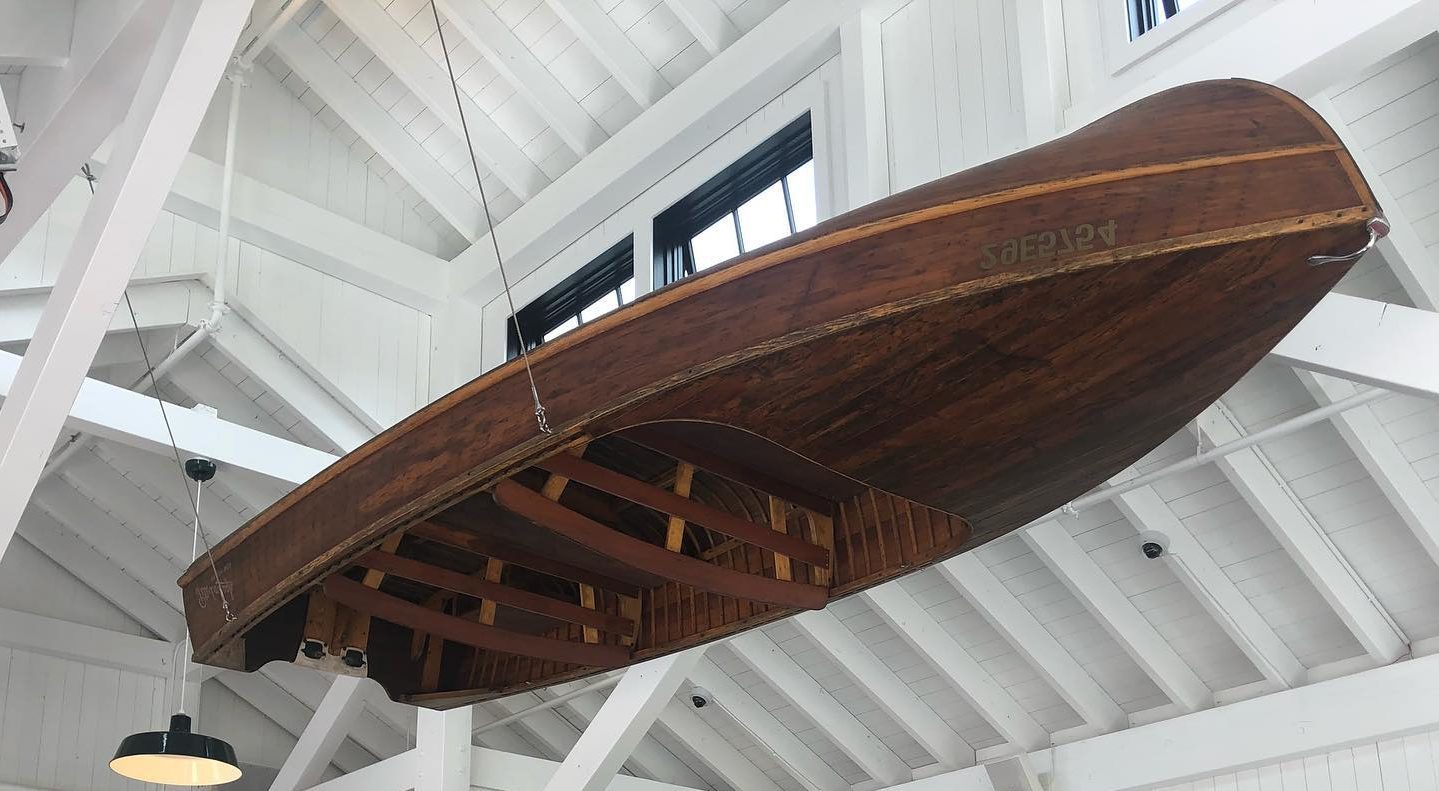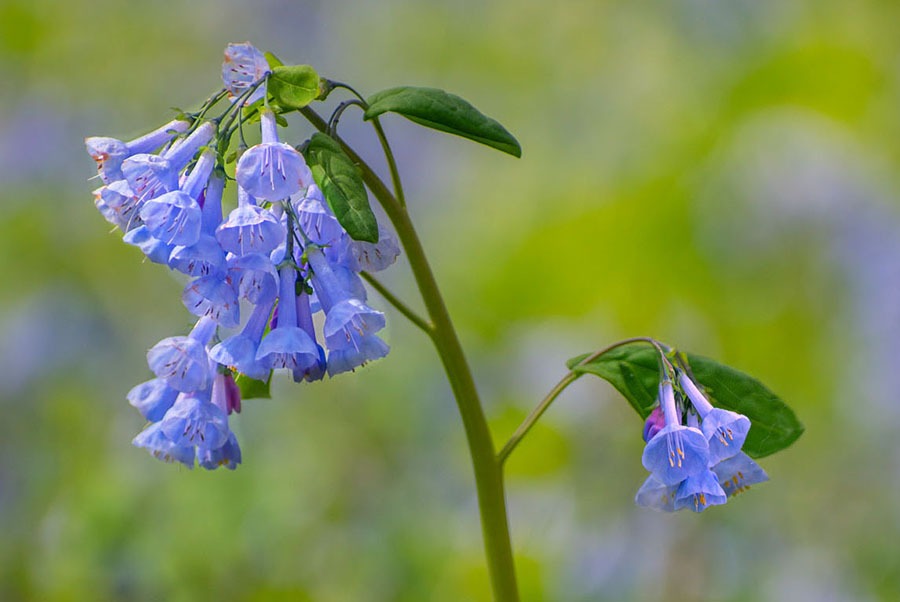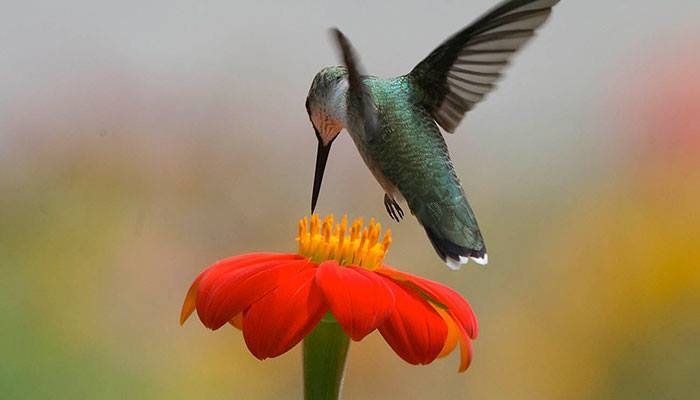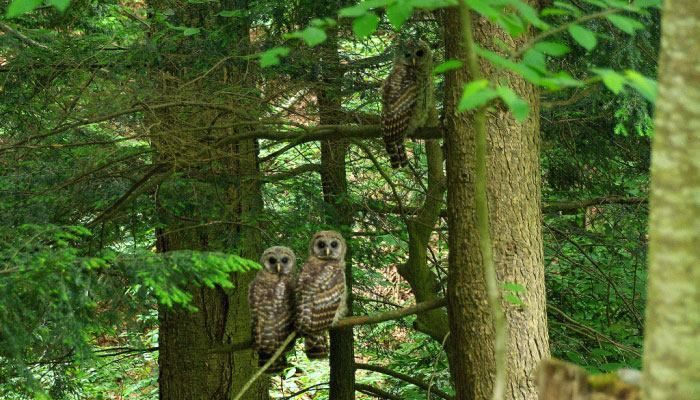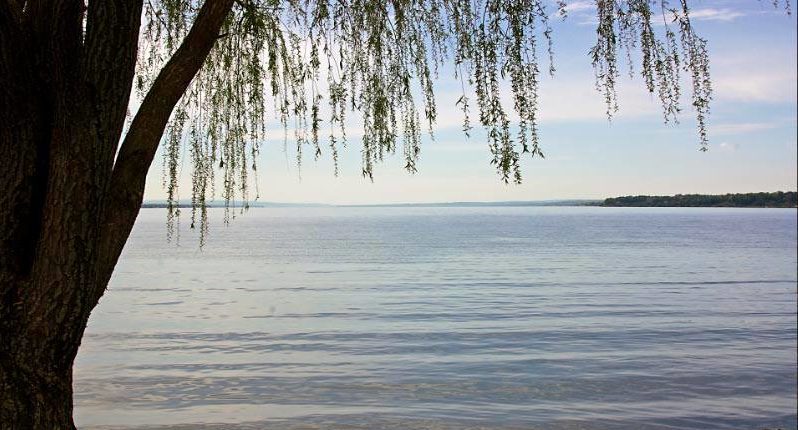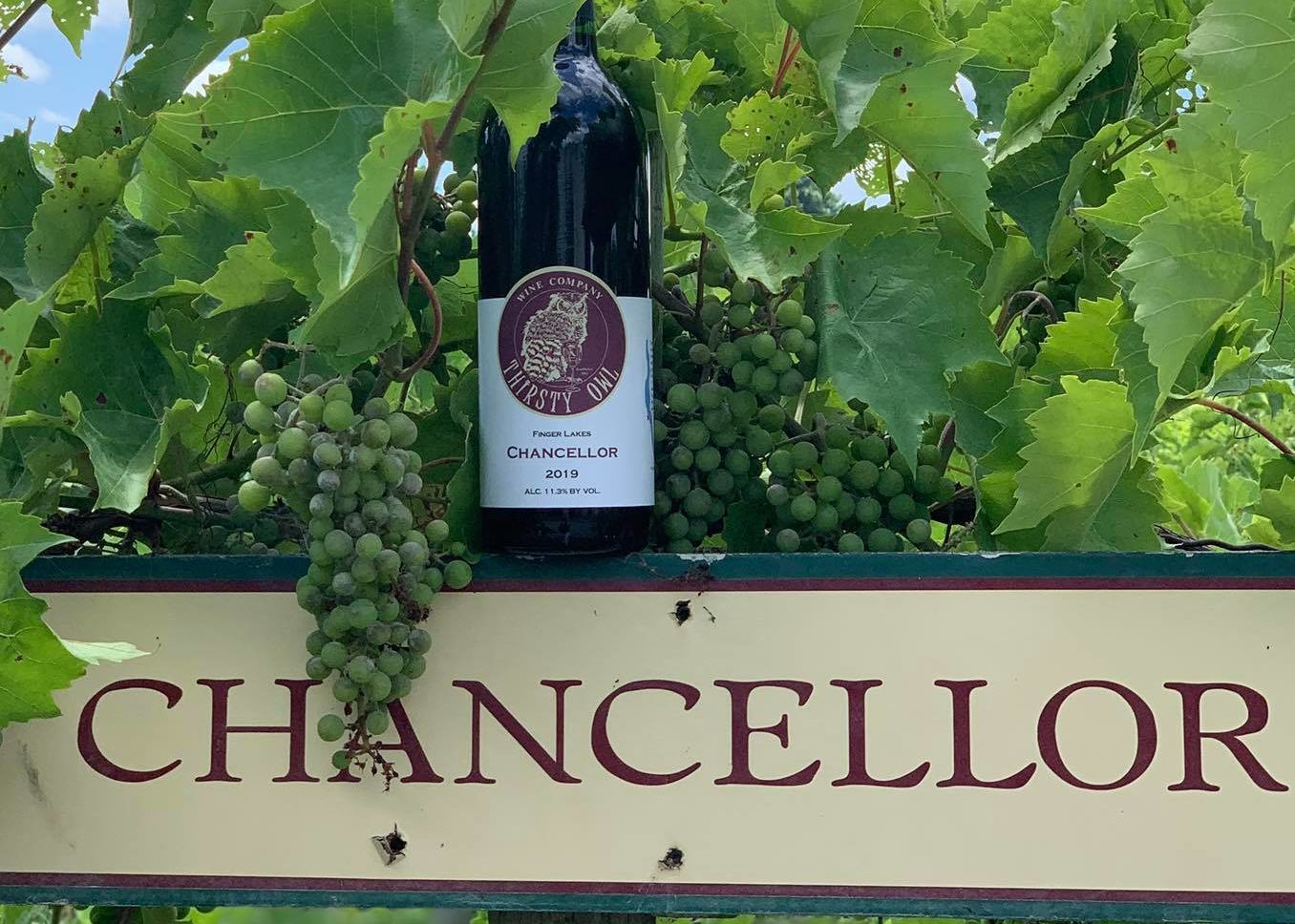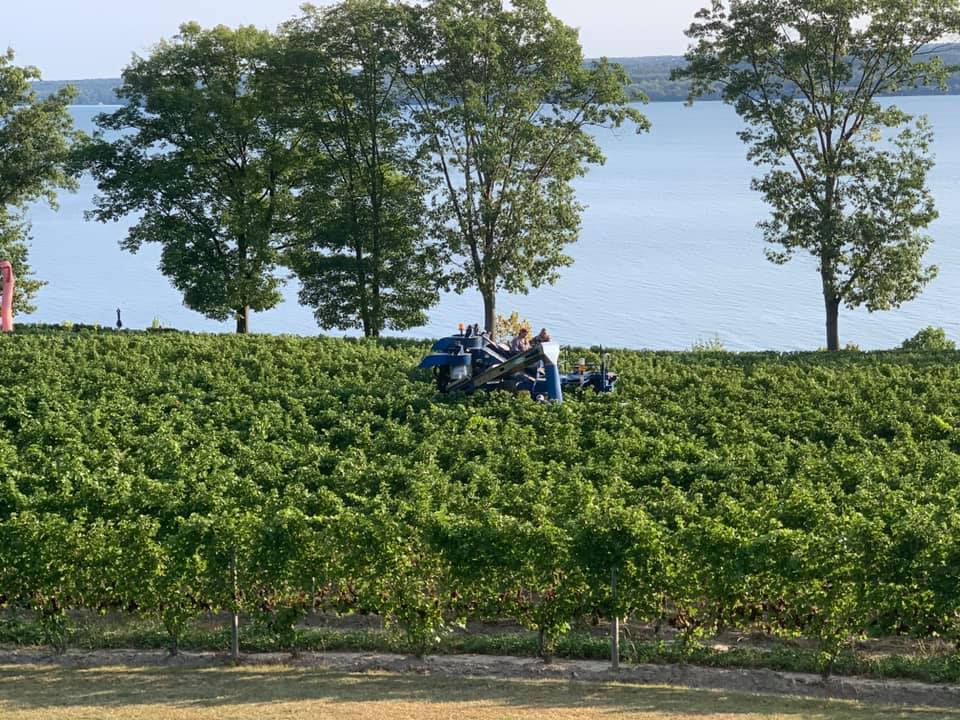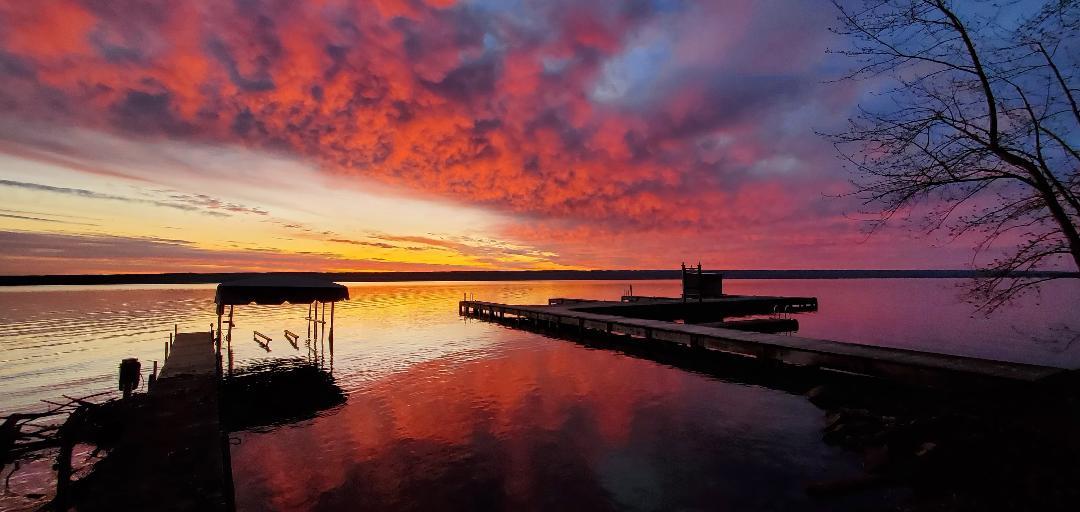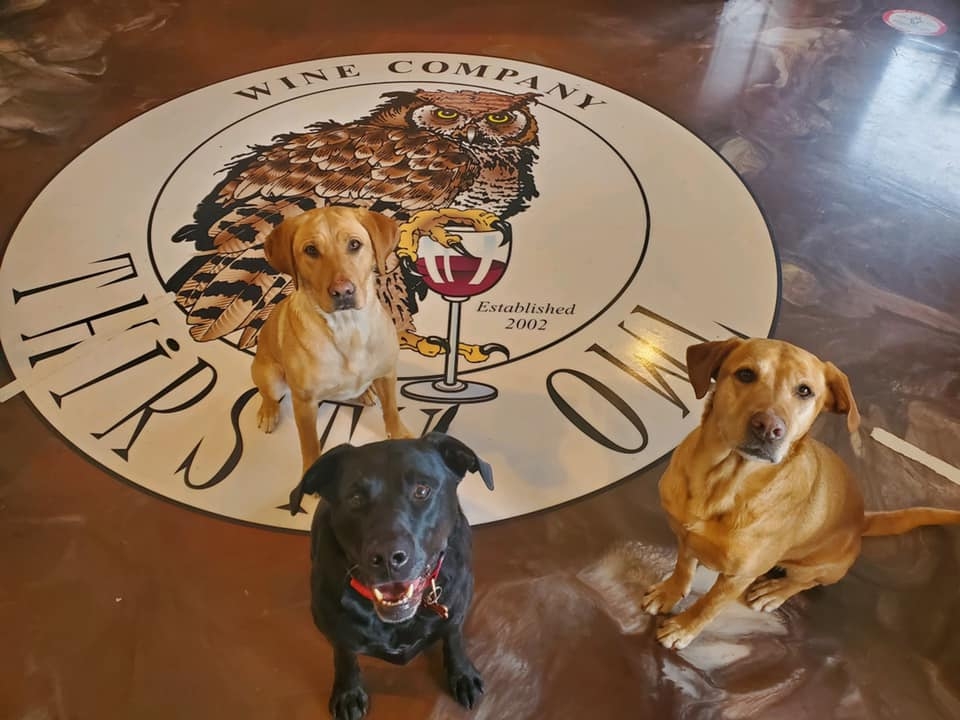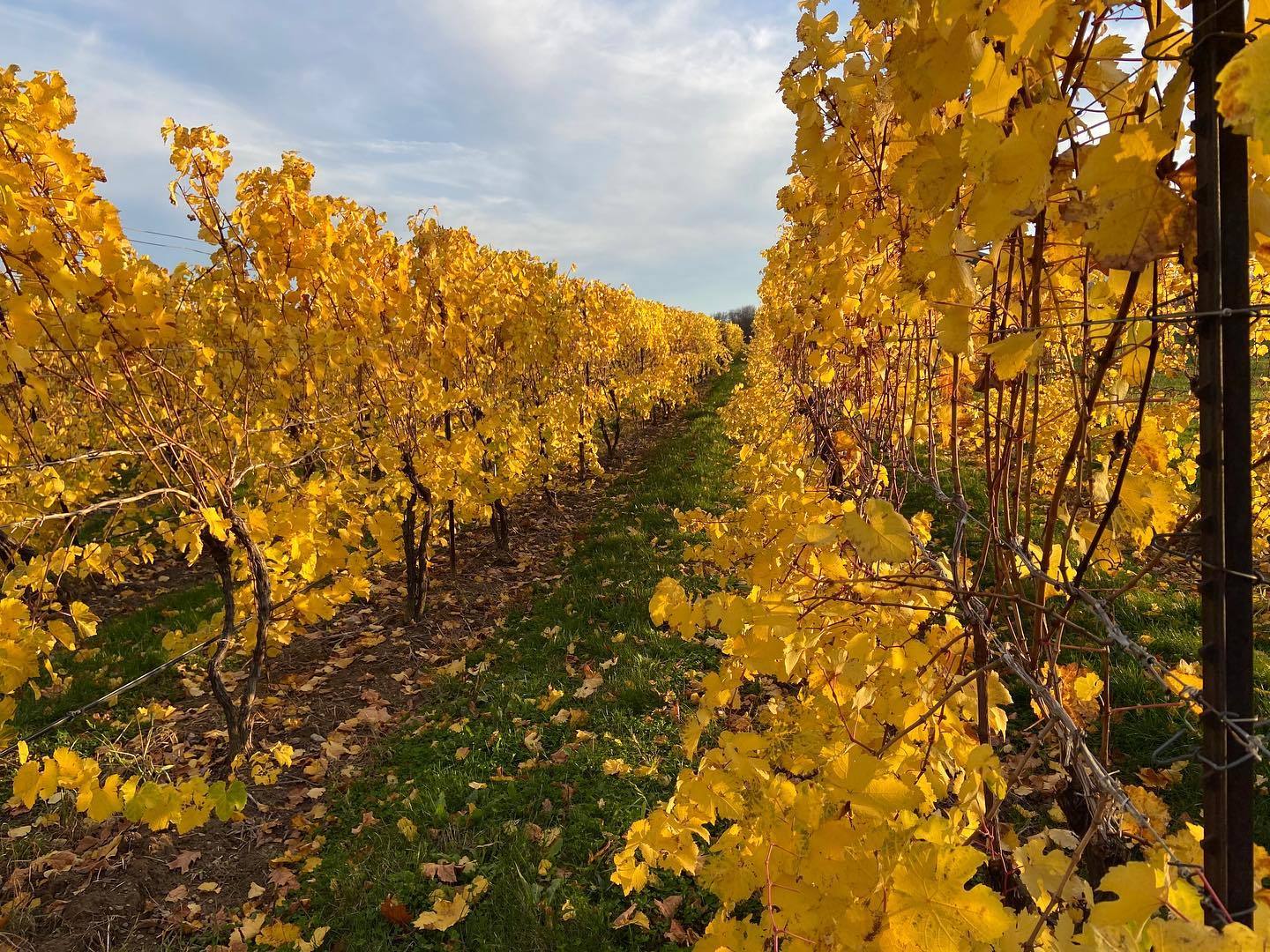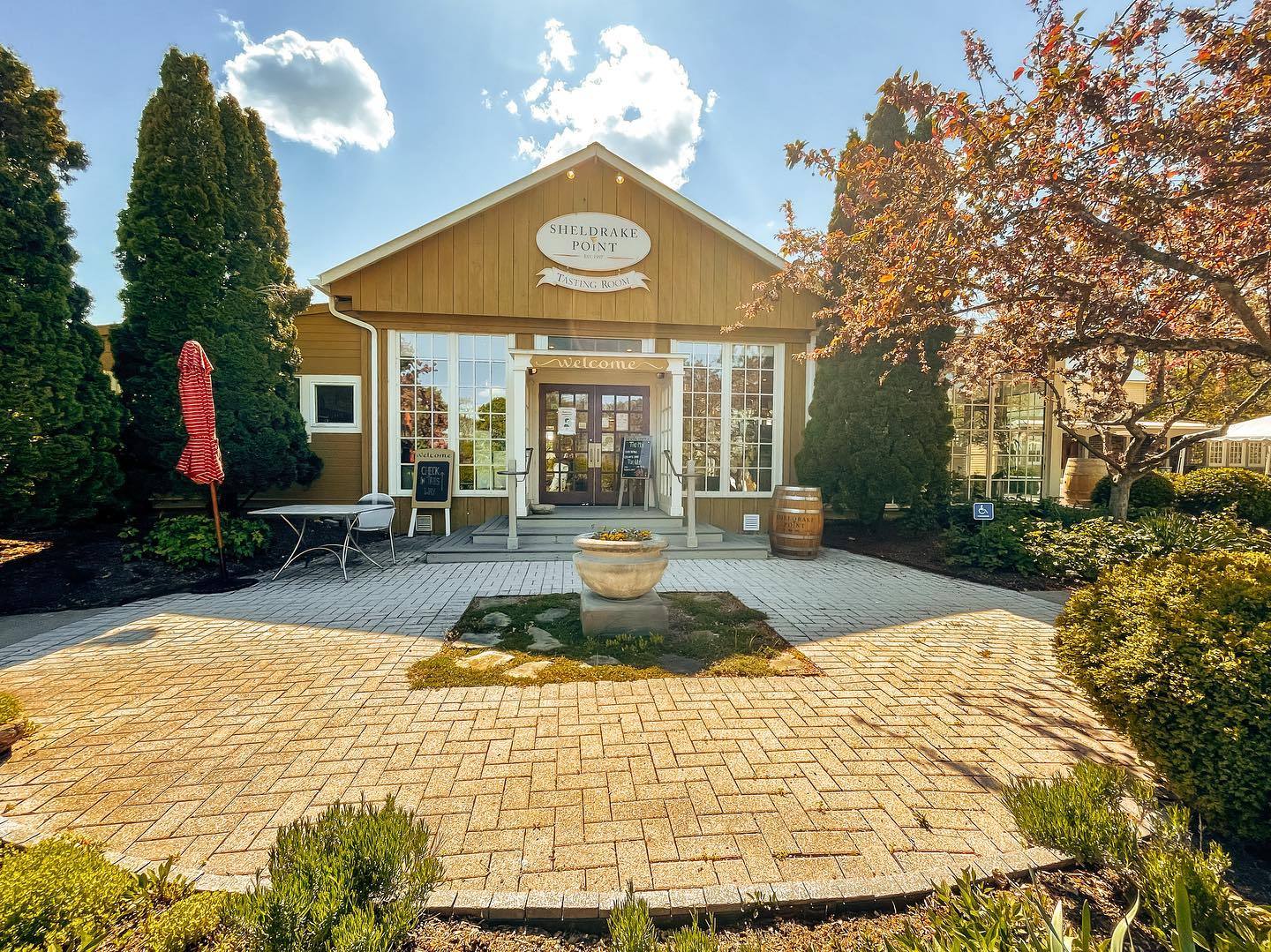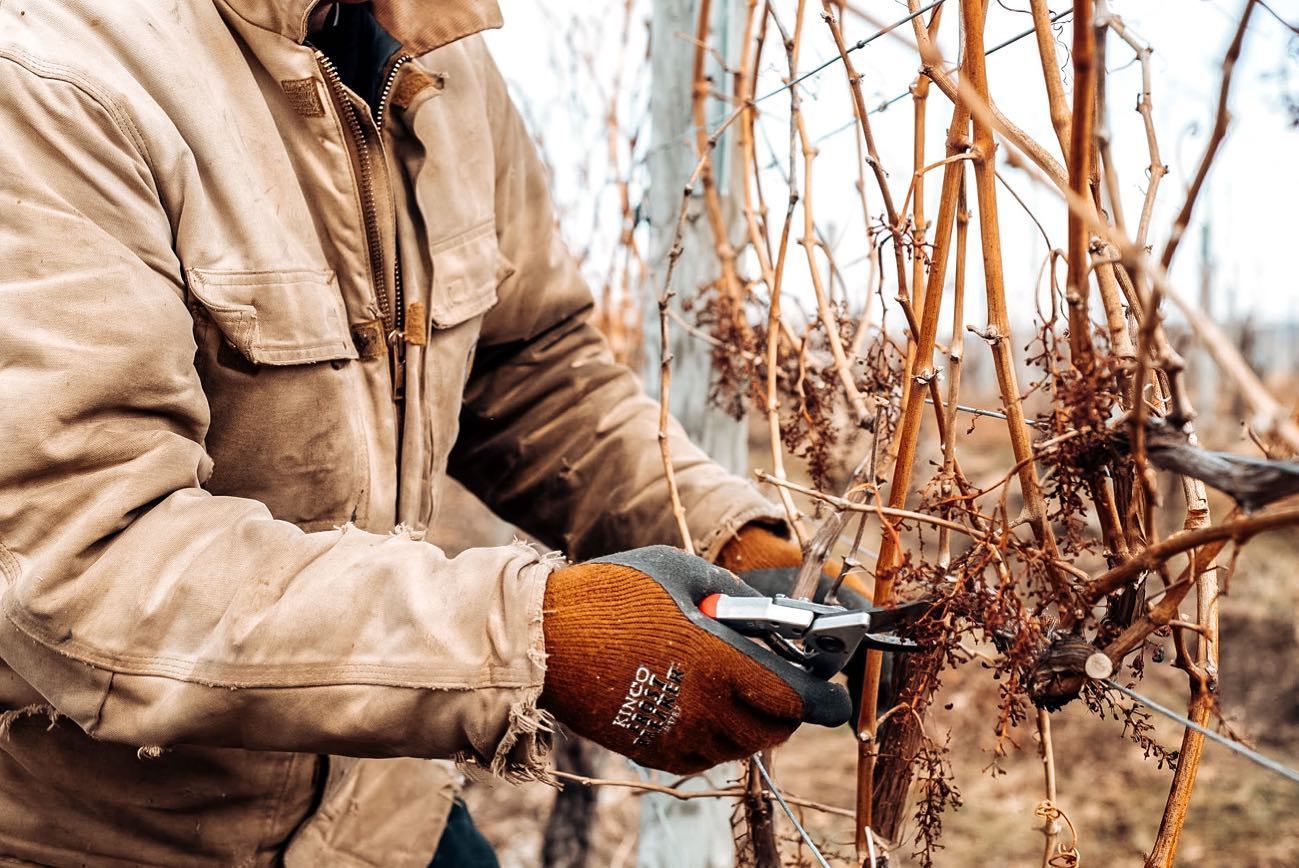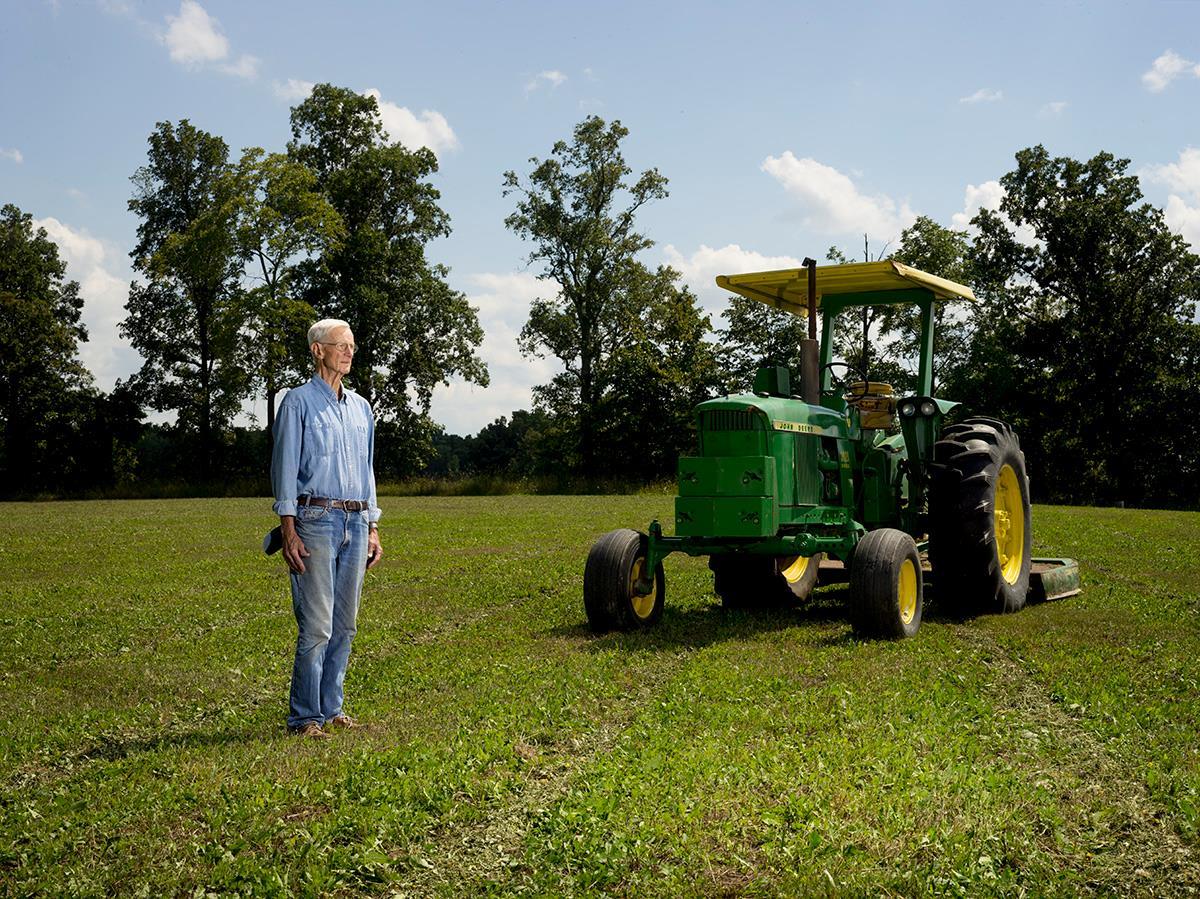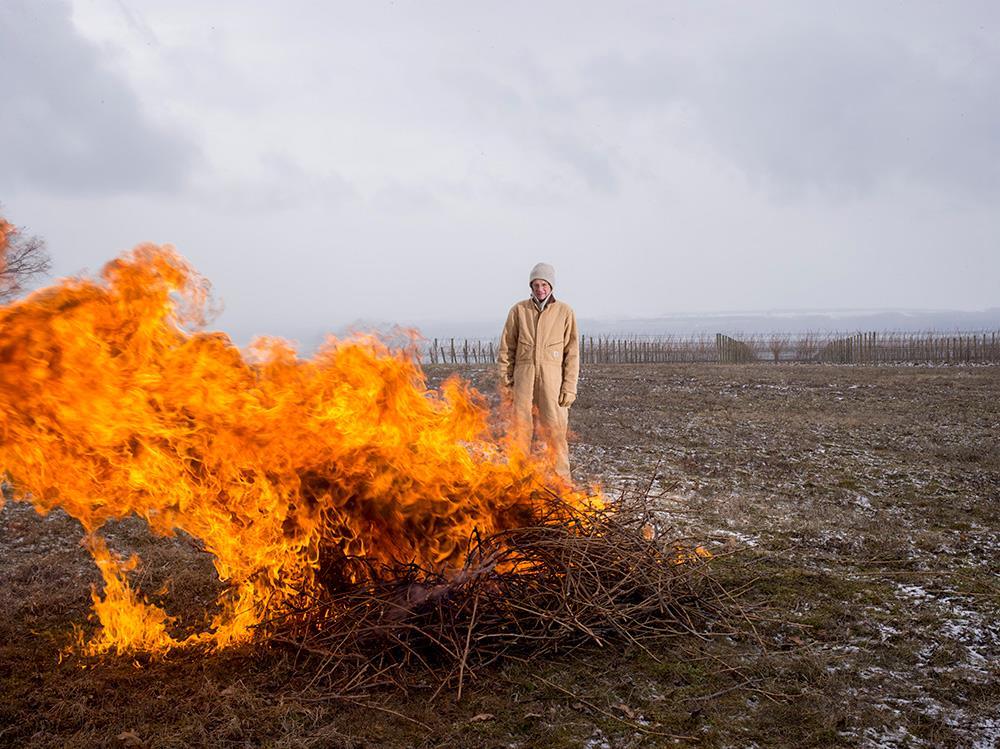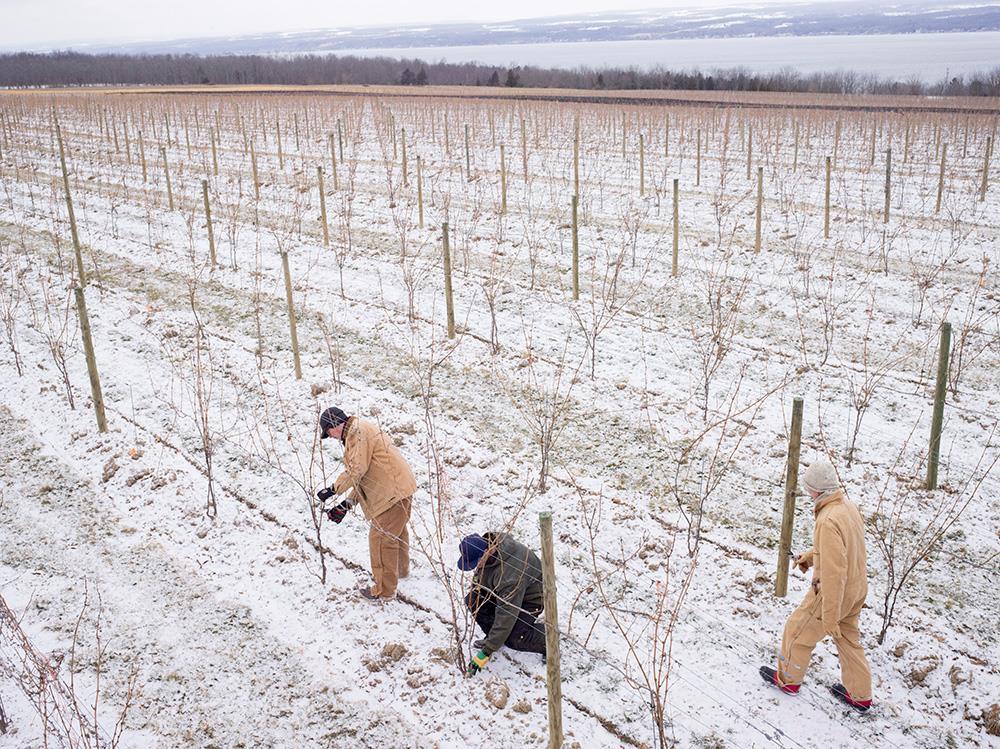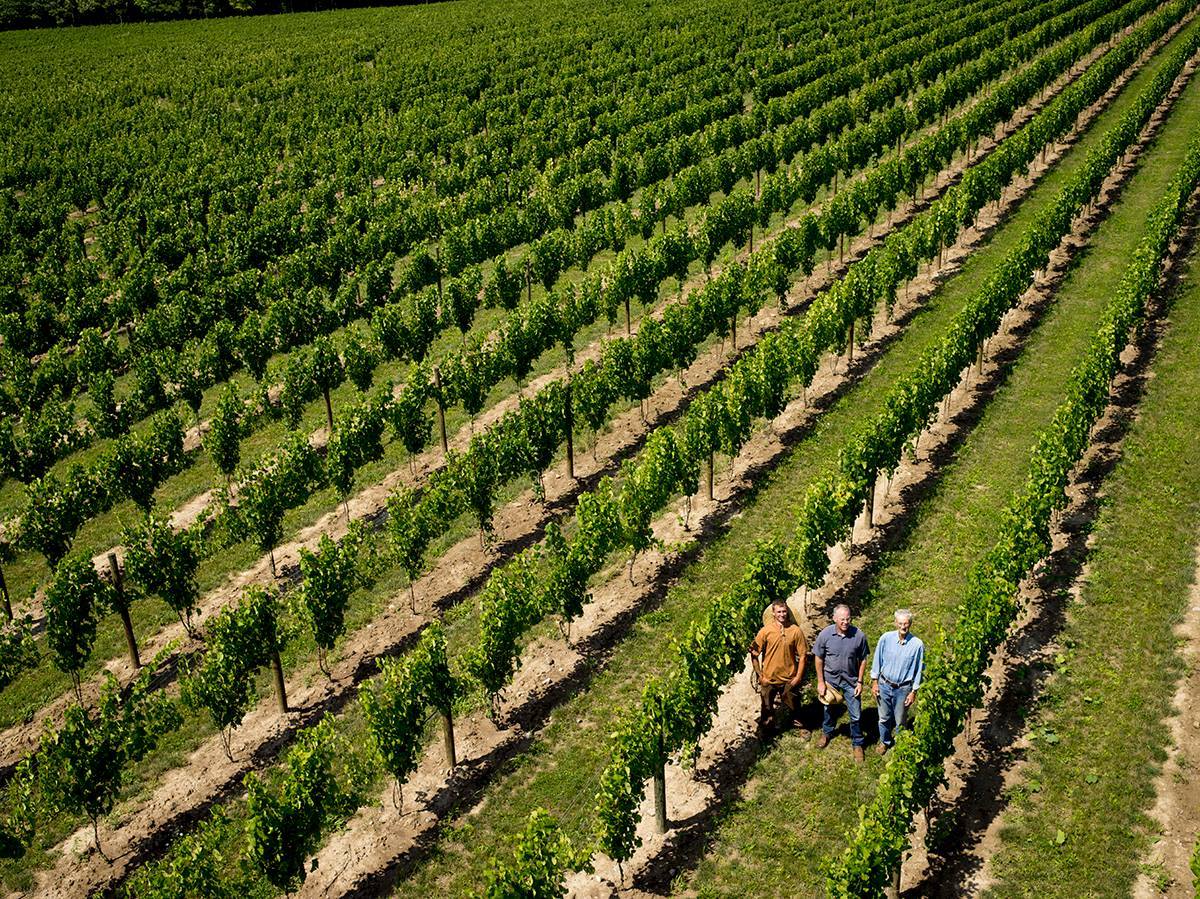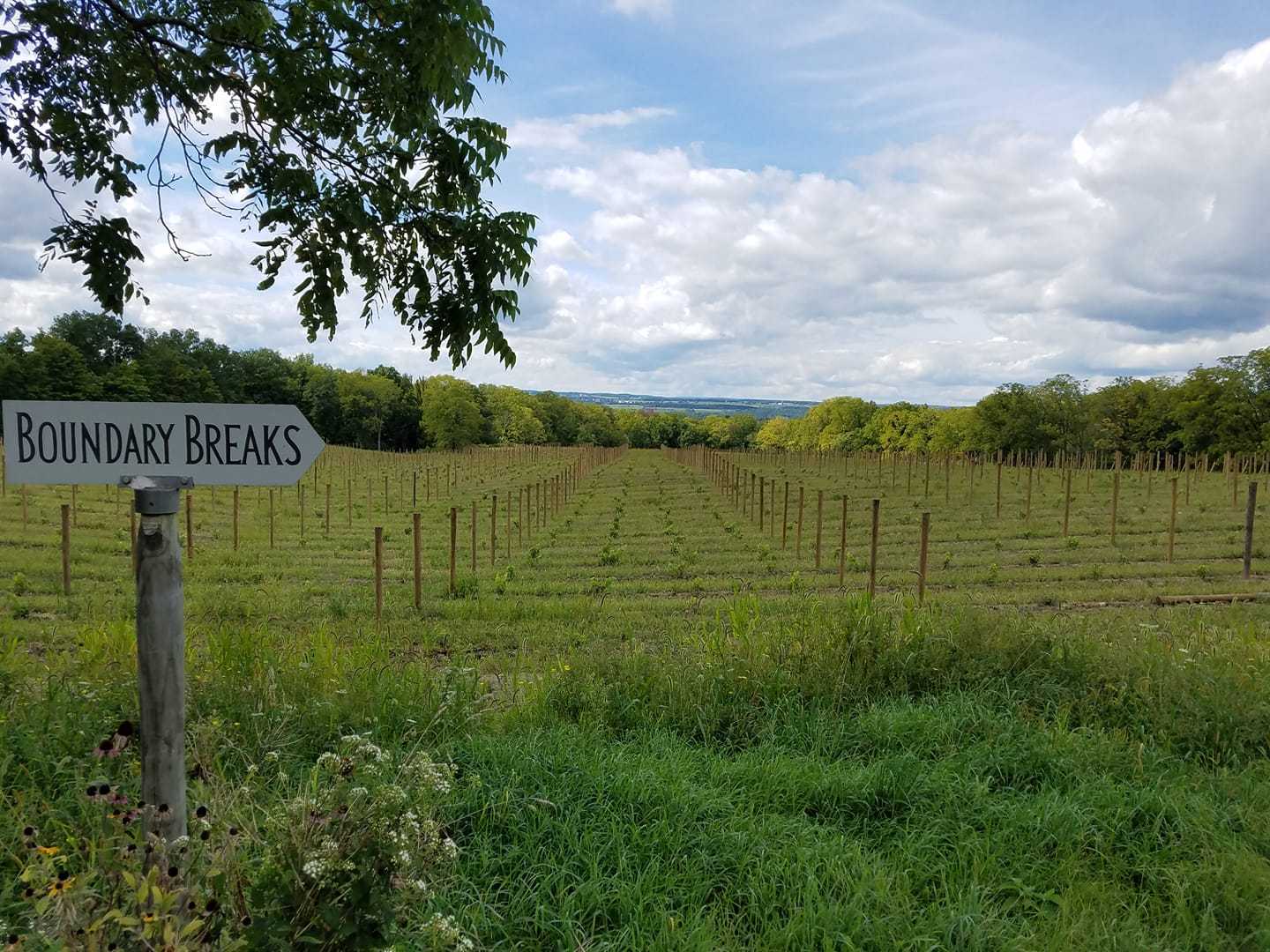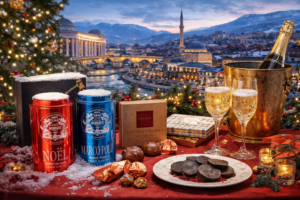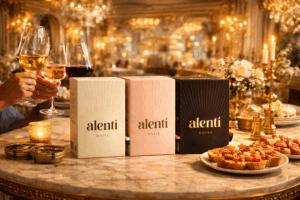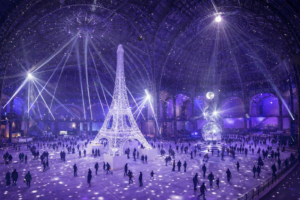Sip some Riesling promoted by the New York Wine Foundation, from the Finger Lakes, thanks to Think Drink Global
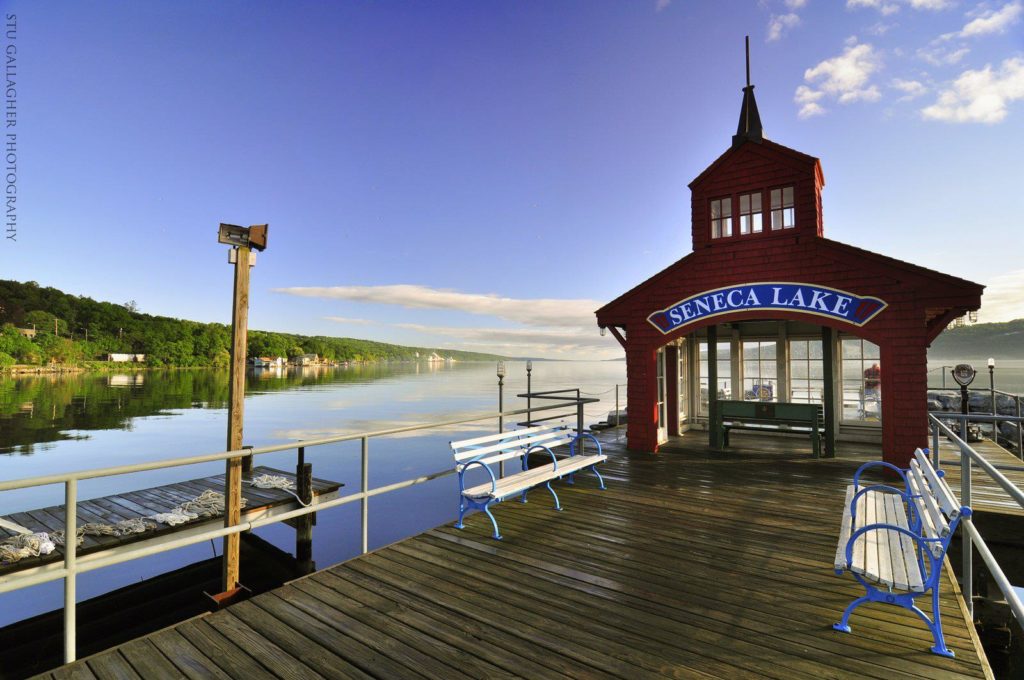
©
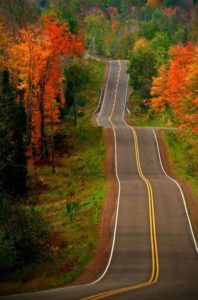
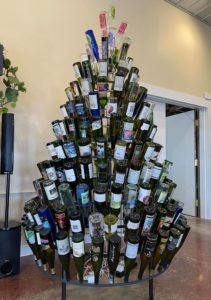 The United States of America are notably renowned for their Californian wines but not only… The State of New York also pursues this tradition, through a list of more than 300 vineyards. Among them, a good part is located in a natural area, called the Finger Lakes region (cover photo by Stu Gallagher).
The United States of America are notably renowned for their Californian wines but not only… The State of New York also pursues this tradition, through a list of more than 300 vineyards. Among them, a good part is located in a natural area, called the Finger Lakes region (cover photo by Stu Gallagher).
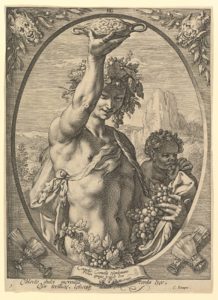
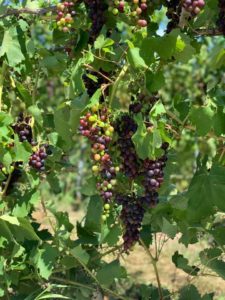
At first glance, the State of New York was among the first American states to grow grapes and produce their own local wine, a tradition of more than a century. Indeed, since the first Isabella and Catawba grape vines, straight from the Hudson River valley, were planted in those Finger Lakes region in 1829 by William Warner Bostwick, behind the Episcopal rectory (photo credits: Life in Finger Lakes Magazine).
Therefore, the Brotherhood Winery was founded in the Hudson River Region, established in 1839, is the nation’s oldest continuously operating winery and then, the Great Western Winery, which began in 1860 as the Hammondsport and Pleasant Valley Wine Company, quickly established an international reputation for sparkling wines made in the Finger Lakes.
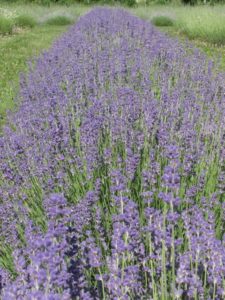
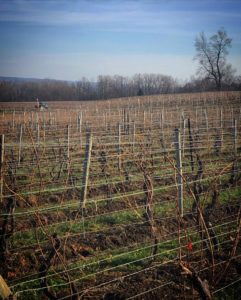
Adding to this, in this American viticulture area, stands two of the oldest wine houses in the USA, so to say the Pleasant Valley Wine Company (1860) in Keuka Lake and O-NEH-DA Vineyard (1872) bordering the Hemlock Lake, where is again particularly produced mass wine, so natural for a domain founded by a bishop!
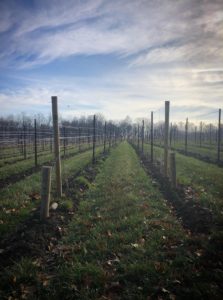
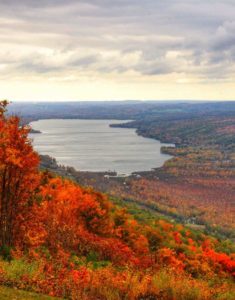
This bewitching framework hides a natural terroir, along picturesque wine roads to discover around these different lakes. Adding to this, if you had the occasion to go sightseeing in and around, you would notice that a real microclimate favorises the fertility of the surrounding soils. This is a perfect condition for the development of premium wines, since the 19th century. In fact, during fall time and winter time, some heat stored by the lakes get freed, mitigating the rigor of the local continental climate (photo credits: John Cucko).
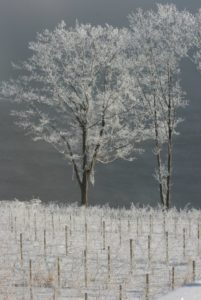
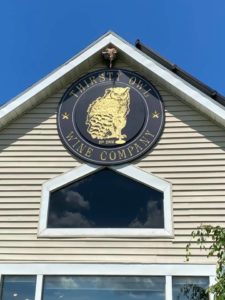
Let’s start this New York wine tour with the hootings issued by the Thirsty Owl Wine Company. After an honorable prize obtained in 2006 by the Governor’s Cup for their Dry Riesling, the Thirsty Owl domain follows a good dynamics, only initiated since 2001. At this time, the 150 acres of this fertile land around the Cayuga Lake, were acquired by Ted Cupp. Although many of these vines were already planted as early as 1972, but Ted Cupp paid many efforts to build a winery and tasting room.
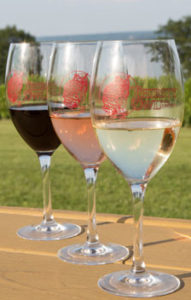
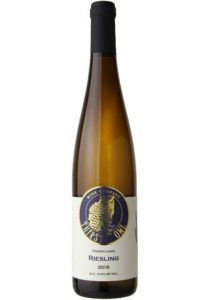 Currently, the Thirsty Owl Wine Company counts thirty-eight acres dedicated to vines, about 80 percent of which are vinifera. As far as we know, Jon Cupp reports that the winery plans to add some new plantings each year, with an emphasis on aromatic varieties such as Pinot Gris, Gewürztraminer, and Riesling.
Currently, the Thirsty Owl Wine Company counts thirty-eight acres dedicated to vines, about 80 percent of which are vinifera. As far as we know, Jon Cupp reports that the winery plans to add some new plantings each year, with an emphasis on aromatic varieties such as Pinot Gris, Gewürztraminer, and Riesling. 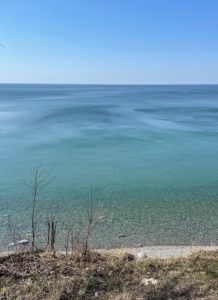
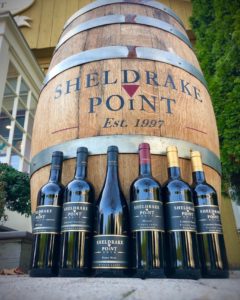
Then, when it comes to Cayuga Lake, the Sheldrake Point Winery, named after the land where it stands, was born in 1997, after a long past as an orchard and dairy farm, since the 1850s. Nowadays, this 155-acre lakeshore domain runs 60 acres of vineyard, counting 10 different grape varieties used to produce around 8,500 wine cases per year of these quality juices, including their own Ice wine.
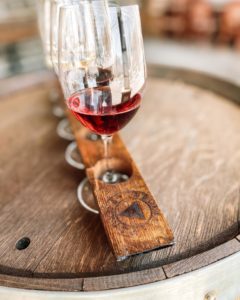
 While maintaining their vineyard through sustainable practices, honoring the symbiotic relationship with this wild surrounding land on which their grapes are grown. Nowadays, their vineyard is now dedicated to their vinifera heritage and New York appellation, with a deeper focus on the respect of their precious soils which offer pleasant conditions to Sheldrake Point. Indeed, the terroir is ideal for grape growing, thanks to a well-drained, gravelly loam and clay glacially deposited atop shale, limestone and slate structure (photo credits: Sheldrake Point).
While maintaining their vineyard through sustainable practices, honoring the symbiotic relationship with this wild surrounding land on which their grapes are grown. Nowadays, their vineyard is now dedicated to their vinifera heritage and New York appellation, with a deeper focus on the respect of their precious soils which offer pleasant conditions to Sheldrake Point. Indeed, the terroir is ideal for grape growing, thanks to a well-drained, gravelly loam and clay glacially deposited atop shale, limestone and slate structure (photo credits: Sheldrake Point).
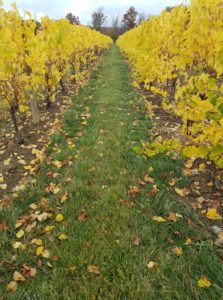
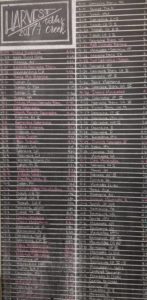 Last but not least, the Boundary Breaks focuses on cool-climate grape varieties principally Riesling, Gewurztraminer and Cabernet Franc. We began planting vines in 2009 and released our first vintage in 2013 (photo credits: Boundary Breaks).
Last but not least, the Boundary Breaks focuses on cool-climate grape varieties principally Riesling, Gewurztraminer and Cabernet Franc. We began planting vines in 2009 and released our first vintage in 2013 (photo credits: Boundary Breaks).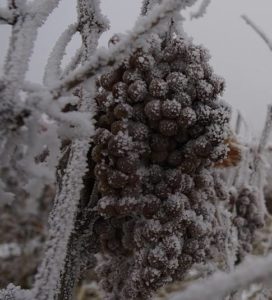
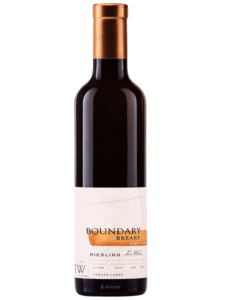 What about being tempted by their 2018 Ice Wine? This genuine dessert wine is mostly composed from grapes left out in the vineyard, during wintertime in order to dehydrate under the steady rays of the sun. These Riesling grapes are finally ready to be picked up to realize this Ice Wine, once temperature reach -10°C or lower. For your information, at these low temperatures, any water left in the berries turns into ice and therefore these dehydrated raisins offer to this Ice Wine juice an earthier, honey-flavored quality which is a distinctive characteristic of this very unique wine. Passing by a slow extended fermentation, in stainless steel vats, the result is a very charming sweet wine to appreciate alone or along a fine pastry. More information on the official website.
What about being tempted by their 2018 Ice Wine? This genuine dessert wine is mostly composed from grapes left out in the vineyard, during wintertime in order to dehydrate under the steady rays of the sun. These Riesling grapes are finally ready to be picked up to realize this Ice Wine, once temperature reach -10°C or lower. For your information, at these low temperatures, any water left in the berries turns into ice and therefore these dehydrated raisins offer to this Ice Wine juice an earthier, honey-flavored quality which is a distinctive characteristic of this very unique wine. Passing by a slow extended fermentation, in stainless steel vats, the result is a very charming sweet wine to appreciate alone or along a fine pastry. More information on the official website.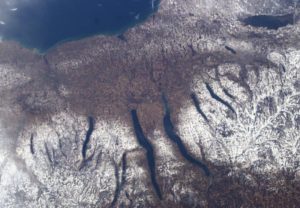
Last but not least, Michèle Piron, representative of the wine promotion structure VinConnexion answers to our questions about those Finger Lakes terroir.
– What can you tell us about the wines from New York?
Their wines are “cool-climate” wines. In the northern part of New York state, the cool climate with large temperature differences between night and day is well suited, among other things, to Riesling. We are at the same latitude as Bordeaux
American wine is largely synonymous with wine from the West Coast – California, Oregon, and Washington. But for centuries, wine has been grown on the East Coast, and New York is now the third-largest wine-producing state in the United States.

– What are the main assets to be located around this area full of lakes?
The proximity to water moderates temperatures. Vineyards in the interior of the state, especially in the Finger Lakes region, have the advantage that the water in deep lakes, formed by glaciers during the last ice age, stays warm until fall and partly also in winter.
During the winter the lakes are of course cooled, but this has the beneficial effect that the cool air in early spring delays the onset of vegetation until the risk of frost has decreased.
– Could you introduce us a bit about the wine selection of the New York State? When and where would they be available in France?
Here it is I who answer: the New York Wine and Grape Foundation has given us the mission of making NY wines known and putting them in touch with importers in Western Europe. To do this, we communicate in around thirty areas which are looking for markets in Europe. It is easier to introduce these wines in Scandinavia than in France where the market is dominated by French wines. Nevertheless, NY wines are interesting as niche wines and we hope to be able to offer some references soon.
– For the ice wine and Riesling wine enthusiasts from Alsace, would you share us their differences with the American versions?
I have to find a winemaker who will answer you, unless you want to participate in the big Rieslings meeting of the world scheduled for the Finger Lakes in mid-July … Virtually of course!
Personally, I find that NY Rieslings have little alcohol, we often find wines of only 10 to 11 °. They share with the great Rieslings of the German Moselle a medium alcohol and a superb minerality. In Alsace the degrees are a little higher. Nevertheless, Riesling is a very distinctive grape variety, it is immediately found in these 3 countries.


